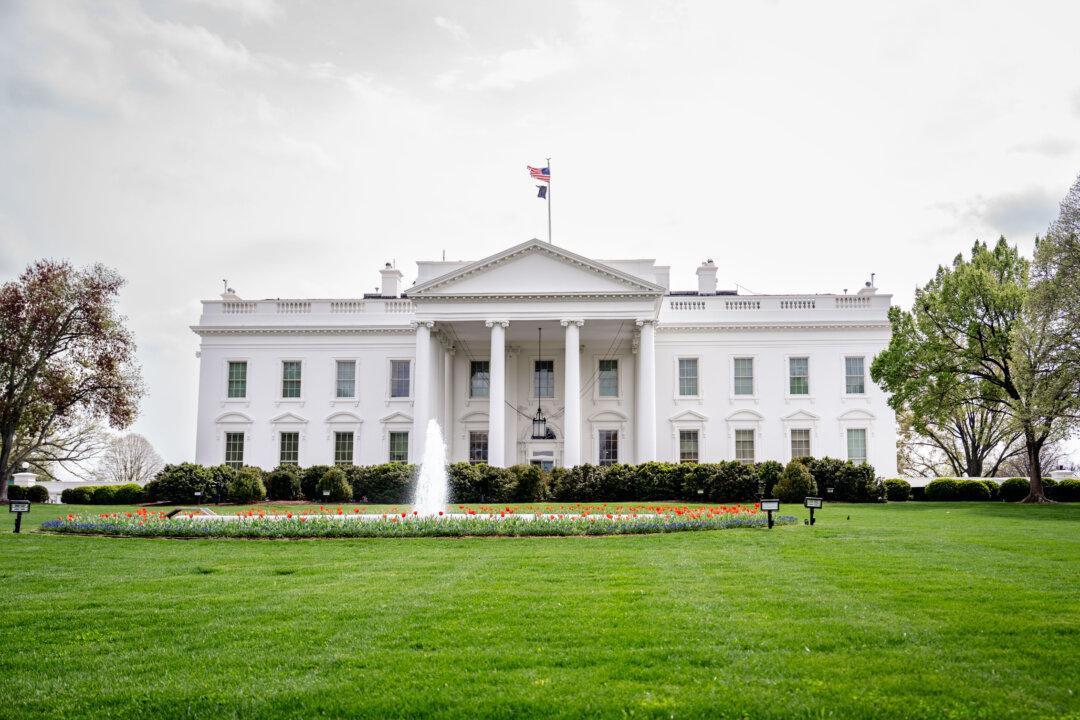The population in Northern California is on the decline, according to data released March 31 by the U.S. Census Bureau, with more than 250,000 people—approximately half the population of Wyoming—fleeing the San Francisco Bay Area since 2020.
Santa Clara County experienced the most migration, with about 80,000 choosing to leave, but more births than deaths in the county helped it essentially tie with San Franciso as the leaders in population declines, equating to approximately 65,000 each.
The majority of San Francisco’s exodus, with more than 7.5 percent leaving, occurred in the year immediately following the 2020 onset of the pandemic.
A host of issues are contributing to the exodus, according to Lee Ohanian, professor of economics at the University of California–Los Angeles and senior fellow at the Hoover Institution.
“People are choosing to live where it’s more affordable, crime rates are lower, and schools are better,” he told The Epoch Times.
He additionally said the responsibility of stemming the exodus lies with elected officials.
“It’s expensive to live here due to economic policies and government roadblocks,” he said.
Increased office vacancies, reportedly 30 percent in San Francisco, are also expediting population declines.

“You’ve got a situation where businesses are pulling out, buildings are vacant, valuations are going to go down, property taxes will go down, empty downtown can’t support other businesses, and it becomes a vicious circle,” Ohanian said.
Napa and Marin’s populations, representing the first and second smallest of Northern California’s 10 counties, experienced the smallest decreases, respectively.
International migration helped stymie losses across all counties, as data showed net domestic migration exceeding 350,000 for the region, but more than 65,000 entered at the same time. It is unclear what percentage of these represent illegal immigrants.
The numbers indicate that locals are choosing to leave the area in search of more suitable accommodation in other states, with 3.2 percent disappearing over the past two years.
The counties make up the geographic area, including Alameda, Contra Costa, Marin, Napa, San Francisco, San Mateo, Santa Clara, Santa Cruz, Solano, and Sonoma.
The state of California experienced a drop of more than 500,000 over the same period, according to the Census Bureau, with the majority leaving the Los Angeles and San Francisco areas.
“Net out has accelerated,” Joel Kotkin, fellow in urban studies at Chapman University, told The Epoch Times. “We’re most concerned about the 45 to 54 age group making between $100,000 and $200,000 that are clearly leaving. ... We’re in a process where we’re losing Hispanics; we’re losing young families; we’re essentially eating our own seed corn.”
The combination of high taxes and crime is impacting the community and increasing migration ourtflows, according to Kotkin.
“If you’re getting taxed to death and the streets are unsafe, other states become tempting,” he said.
Some real estate experts agree that criminal activity is affecting local communities and changing the landscape of metropolitan areas.
“People are leaving city centers because of high crime,” Joseph J. Ori, president and CEO of San Francisco-based Paramount Capital Corporation, told The Epoch Times. “People are afraid to commute, they’re afraid to ride the subways.”
Patronage at San Francisco businesses plummeted after pandemic restrictions and vaccine mandates for restaurants were put in place by city ordinances in 2021. Some iconic establishments, such as Ruth’s Chris Steakhouse on Van Ness Boulevard, blocks from the Opera House, never reopened after shuttering in 2020.
Critics point to San Francisco’s open-air drug use, soft-on-crime policies, and restrictive mandates as potential causes for the negative population growth.
Local analysts also suggested a change of leadership is needed to reverse the trend, and while the pandemic exacerbated problems in the Bay Area, the underlying issues, they say, were pre-existing.
“These major city centers are suffering from ineffective management,” Ori said.





